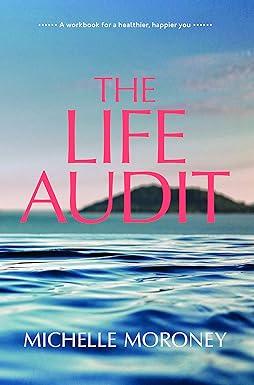Question
Mr. A, who has a 35 percent marginal tax rate, must decide between two investment opportunities, both of which require a $50,000 initial cash outlay
Mr. A, who has a 35 percent marginal tax rate, must decide between two investment opportunities, both of which require a $50,000 initial cash outlay in year 0. Investment 1 will yield $8,000 before tax cash flow in years 1, 2, and 3. This cash represents ordinary taxable income. In year 3, Mr. A can liquidat the investment and recover his $50,000 cash outlay. He must pay a non deductible $200 annual fee (in years 1, 2, and 3) to maintain Investment 1.
Investment 2 will not yield any before-tax cash flow during the period over which Mr. A will hold the investment. In year 3, he can sell investment 2 for $75,000 cash. His $25,000 profit on the sale will be capital gain taxed at 15 percent. Assuming a 6 percent discount rate. Use Appendix A and Appendix B.
a) Calculate Net present value of investment 1
b) Calculate Net present value of investment 2
| After Tax Cashflow Y0 | |
| After Tax Cashflow Y1 | |
| After Tax Cashflow Y2 | |
| After Tax Cashflow Y3 | |
| NPV of After Tax Cashflow Y0 to Y3 |
c) Which investment has the greater NPV?
Step by Step Solution
There are 3 Steps involved in it
Step: 1

Get Instant Access to Expert-Tailored Solutions
See step-by-step solutions with expert insights and AI powered tools for academic success
Step: 2

Step: 3

Ace Your Homework with AI
Get the answers you need in no time with our AI-driven, step-by-step assistance
Get Started


